Blog
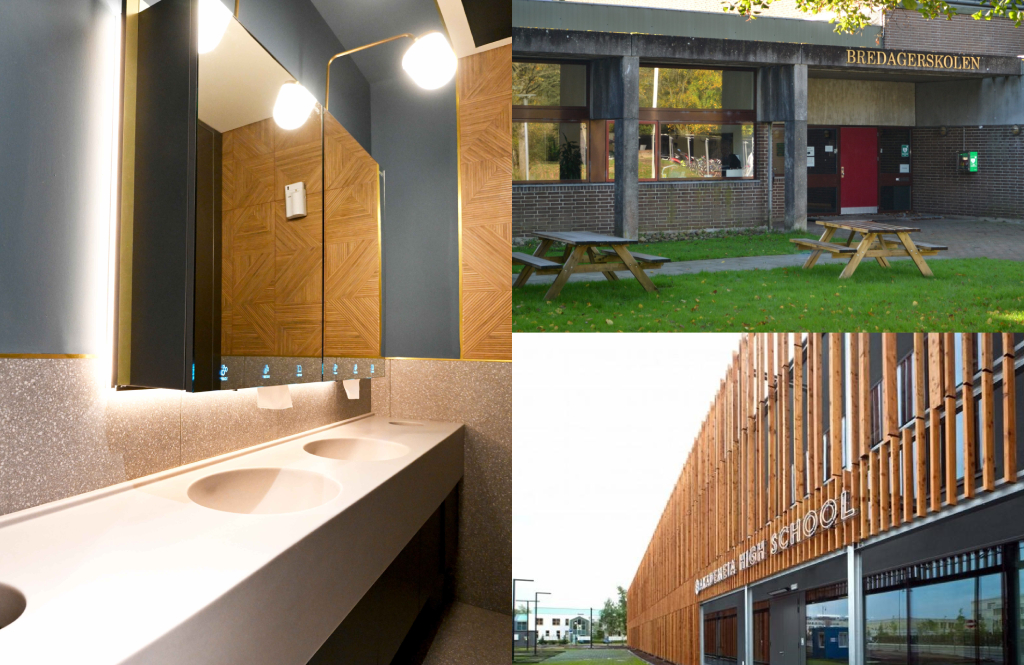
One of the key advantages of automatic faucets in educational settings is their contribution to a healthier campus. By minimizing the risk of cross-contamination, these faucets play a vital role in reducing the likelihood of illness spreading within the student and staff community. This not only supports the well-being of individuals but also ensures a more consistent and uninterrupted academic experience.
In an age where heightened emphasis on hygiene is prevalent, the acknowledgment of potential germ transmission in public restrooms has spurred a noteworthy evolution in restroom technologies. Notably, contemporary facilities now feature commonplace elements such as electronic faucets, sensor-operated soap dispensers, touchless hand dryers, and contactless urinal controls, flush valves, or cisterns.
Progress extends further to encompass sensor shower controls and touchless foot washers, underlining a commitment to minimizing contact points for optimal hygiene. Amidst these innovations, a pertinent question arises: what about the frequently overlooked toilet cubicles? Understanding the necessity of eliminating any opportunity for germs to proliferate, Stern assumes a leading role in guaranteeing the highest level of surface cleanliness for upcoming projects through its state-of-the-art touchless cubicles.


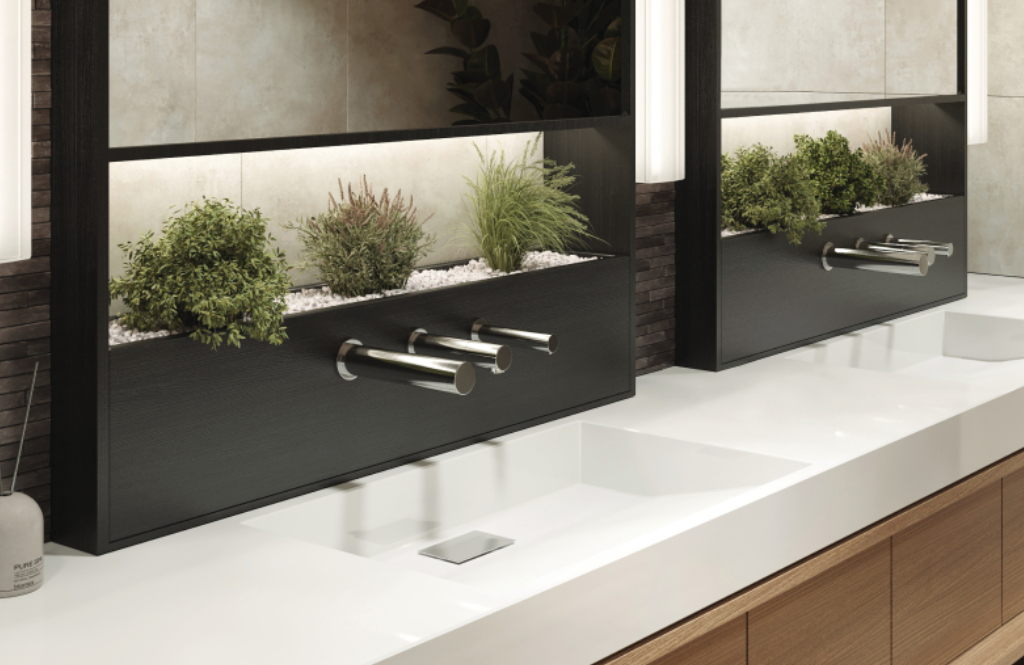
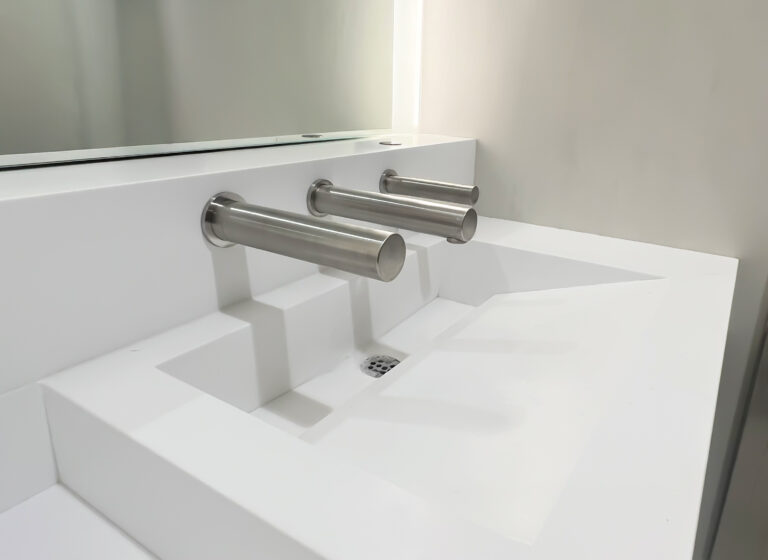


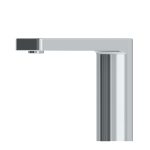 Boreal
Boreal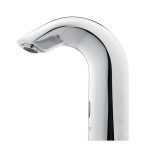 Classic
Classic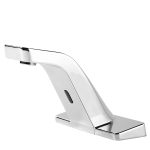 Condor
Condor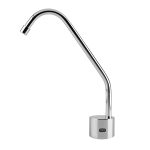 Cool TF
Cool TF Csaba
Csaba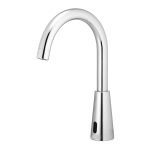 Dolphin
Dolphin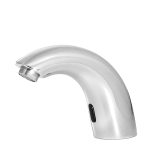 Easy
Easy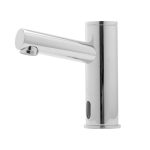 Elite
Elite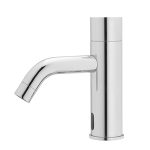 Extreme
Extreme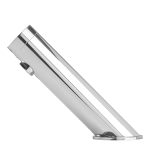 Green
Green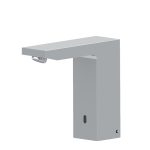 Quadrat DM
Quadrat DM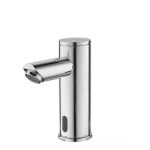 Smart
Smart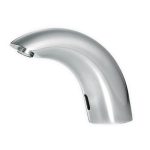 Swan
Swan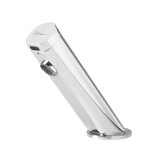 Touch Free
Touch Free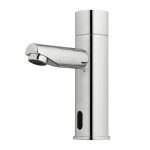 Trendy
Trendy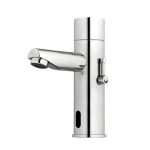 Trendy T
Trendy T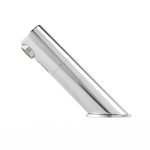 Tubular DM
Tubular DM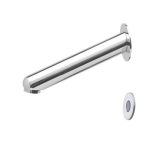 Apollo AL
Apollo AL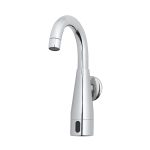 Apollo Free
Apollo Free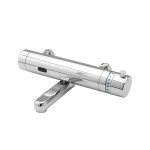 Apollo Medical
Apollo Medical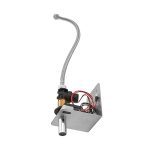 BTM
BTM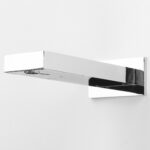 Cubica
Cubica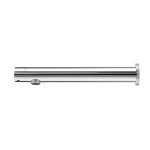 D28
D28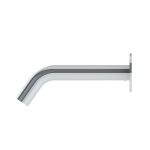 Extreme CS
Extreme CS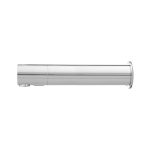 Malmo
Malmo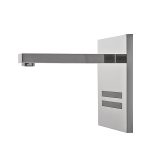 Nara Q
Nara Q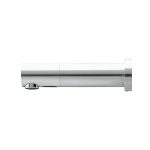 Tubular
Tubular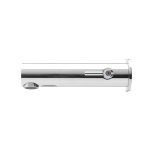 Tubular 1000
Tubular 1000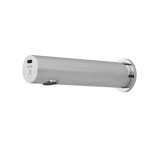 Tubular Wave DP LE
Tubular Wave DP LE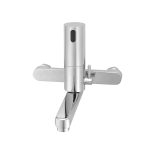 Washfree 1000
Washfree 1000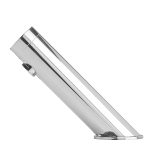 Green Time
Green Time